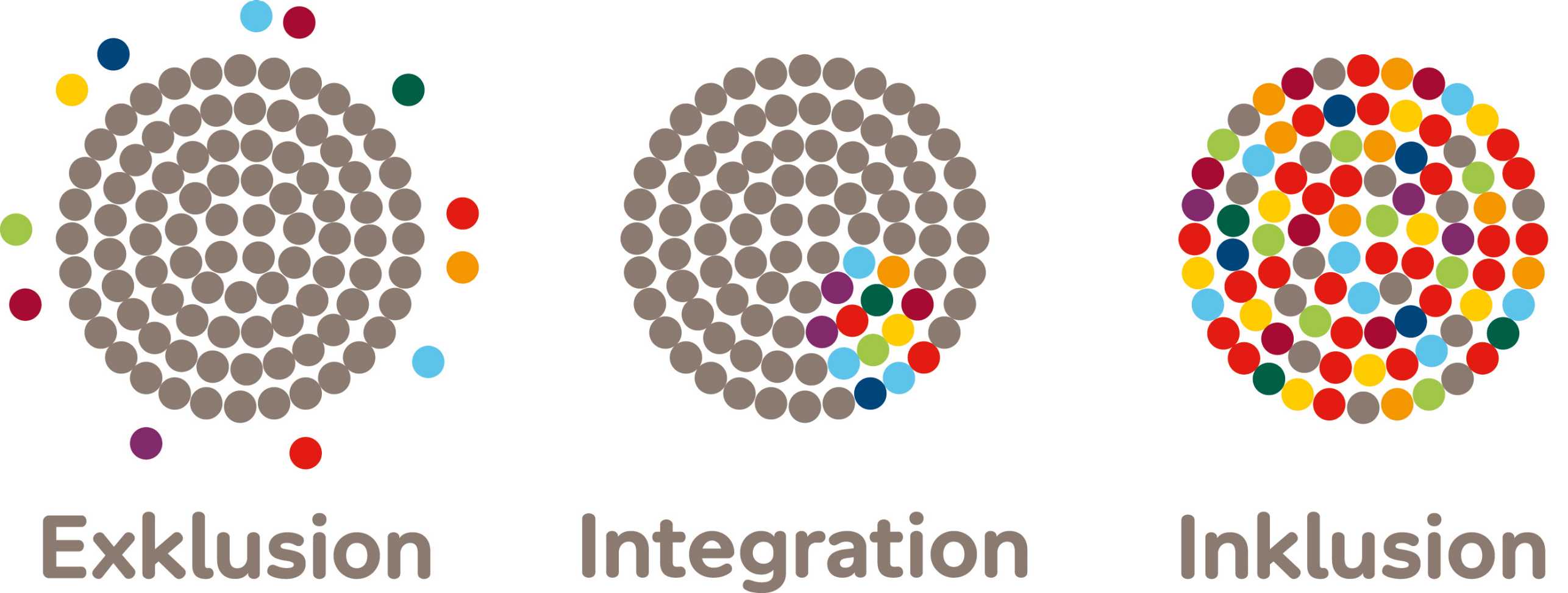The language of accessibility
eAccessibility. Barrier-free digital spaces. Digital accessibility. All of these terms have the same meaning: digital spaces should be equally usable for all people, regardless of whether they have any disabilities or limitations.
Accessibility and barrier-freeness
At ETH Zurich, we usually use the terms digital accessibility or refer to something being barrier-free. Both focus on the goal of making digital interfaces accessible to everyone, without any barriers. Admittedly, the term “barrier-freeness” always implies the presence of barriers – this can be desirable, but it’s not always appropriate.
For accessibility, the abbreviations a11y and (less commonly) AX are also in use. A11y (pronounced "ally") stands for A, plus 11 letters in the middle of A-ccessibilit-Y, plus Y. AX originated in reference to UX (User Experience) and stands for Accessibility Experience. AX is also sometimes used as a synonym for accessibility.

Universal design und design for all
The terms universal design and design for all address the demands of accessibility. Both terms extend beyond the digital sphere and also refer to usage patterns, requiring minimal physical effort and other principles.
Additional information on universal design can be found on a separate page (German).

Inclusion instead of integration
Integration
The term integration sees society as a homogenous group into which another group integrates. Integration accounts for differences. It expects the integrated group to adapt to the majority, so that the minority may feel fully valued and that they belong. In this way, integration accepts a person into the existing system; however, the system does not fundamentally change.
Inclusion
Inclusion acknowledges the diversity and heterogeneity of society. Its social framework sees everyone as being an equally valuable member of society. Inclusion aims to create a common system for everyone without exclusion or stigmatisation.
